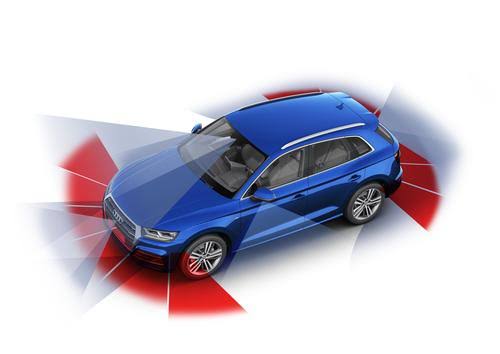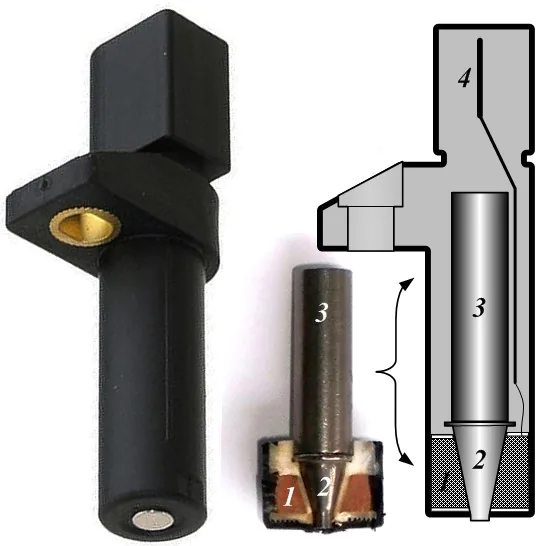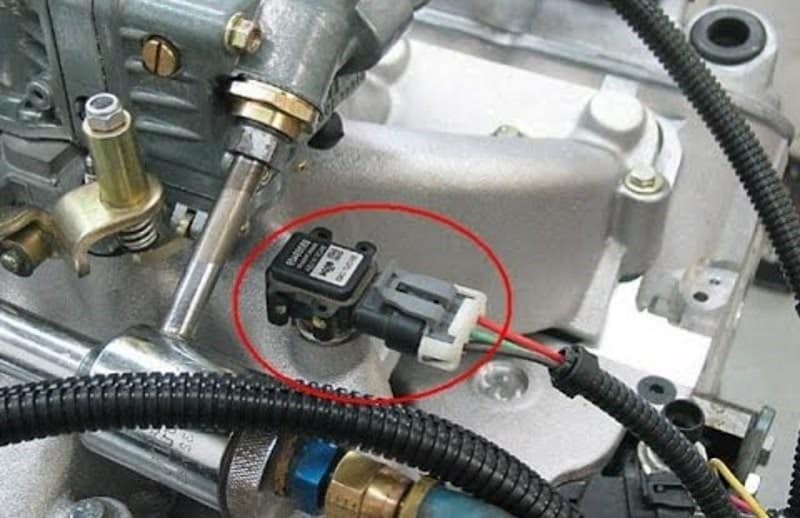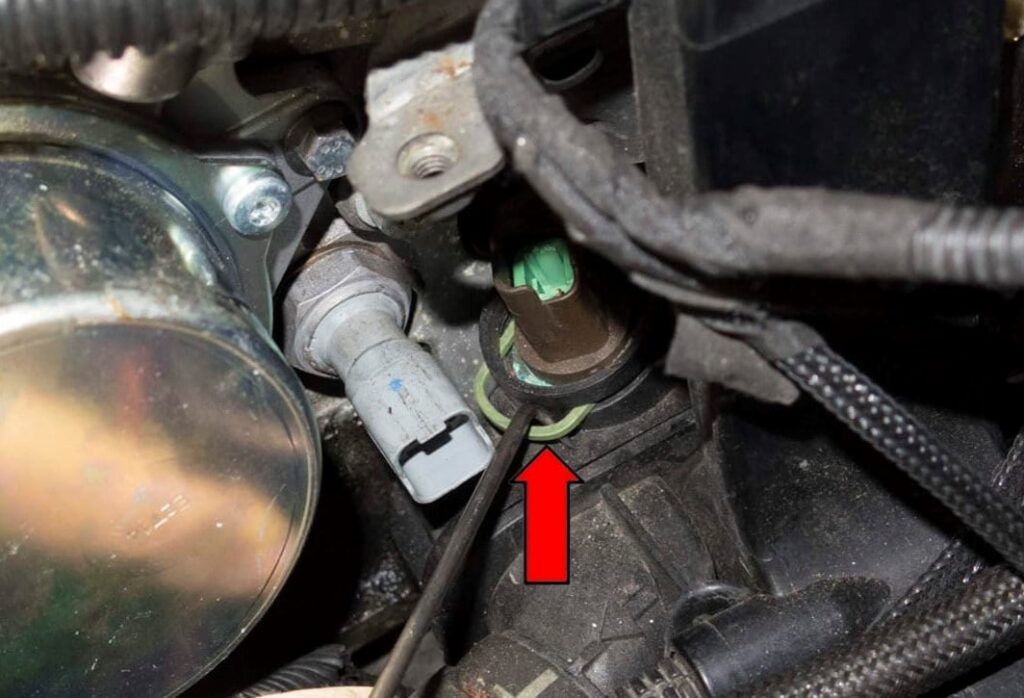Sensors abound in today’s automobiles, which keep track of the vehicle’s vitals. These sensors play a critical part in guaranteeing the car’s smooth operation. Take a look at what they are.
Almost every function of a car is now reliant on electronic components, thanks to technical advancements in the world of automobiles. It is necessary to know some critical data about the automobile when it is operating in order for it to work properly. Manufacturers are now using a variety of sensors to assist the driver, thanks to recent technological breakthroughs. It’ll be a wonderful adventure to discover a few things about the abundance of sensors in our automobiles.
1. Driver Aid Sensor

With recent technology breakthroughs, today’s automobiles are equipped with a slew of sensors to make driving easier. Parking sensors, a 360o camera system, adaptive cruise control sensor, LDR sensor for automatic headlights, rain sensor for automatic wipers, and other sensors are among the sensors available. Since automobile manufacturers began to pack their models with comfort amenities, these sensors have become commonplace in newly made cars.
While these sensors surely make our lives easier and driving more enjoyable for non-drivers, they also complicate servicing and maintenance. It’s a good idea to make a mental note of these the next time you take your automobile to a service centre or a local mechanic for a repair.
2. NOx Sensor

The NOx sensor, which is located near the exhaust system, monitors the emission values of dangerous NOx gases in the engine exhaust. ECU dynamically calibrates the air-fuel mixture based on sensor data to keep these harmful exhaust gases under control. With rising pollution levels and the application of BS6 standards, these sensors have become critical in reducing air pollution levels.
3. Speed Sensor

Speed sensors have become critical sensors with the establishment of the BS6 standards. The speed sensors, as the name implies, monitor the speeds of individual wheels and ensure that the Anti-lock Brake System, or ABS, is functioning effectively. Furthermore, the speed sensor system indicates the vehicle’s current speed, making it crucial for safe road driving.
4. Essential Sensors
Though the car can function and run flawlessly without the functioning of these array of sensors, these sensors provide the driver with essential information facilitating safe driving
5. Engine Speed Sensor

The engine speed sensor, which is mounted on the crankshaft, tells the driver how fast the crankshaft rotates. This sensor serves as a crankshaft position sensor as well. The ECU regulates the fuel injection and spark plug ignition timing based on the data obtained from this sensor.
6. Oxygen Sensor

The Oxygen sensor, which is located near the exhaust manifold, monitors the oxygen concentration of the exhaust gases. The ECU determines whether the engine is running on a low or rich air-fuel mixture based on the inputs from this sensor. Increased fuel consumption, unstable idling speed, and jerky engine operation may occur if this sensor fails.
7. Manifold Absolute Pressure (MAP) Sensor:

The Manifold Absolute Pressure sensor checks the quantity of fuel component of the air-fuel mixture in the same way that the air-flow sensor monitors the quantity of air in the air-fuel mixture. The difference between the inlet manifold and the external pressure is calculated by the sensor. Based on the variations in this pressure differential, ECU algorithms adjust the amount of fuel injected.
8. Temperature Sensor

The temperature sensor, which is part of the engine cooling system, continually checks the temperature of the engine coolant. Its proper operation is critical for the engine to run safely and without causing harm due to overheating.
9. Air-flow Sensor

Located inside the combustion chamber, the air-flow sensor or air-mass sensor measures the density and volume of air entering the combustion chamber. The air-flow sensor ensures that the air-fuel mixture entering the combustion chamber is in the right amount to avoid engine stalling and excessive fuel consumption.
10. Vital Sensors:
These sensors are essential for the safety and smooth functioning of the engine, which is the heart of the car.






